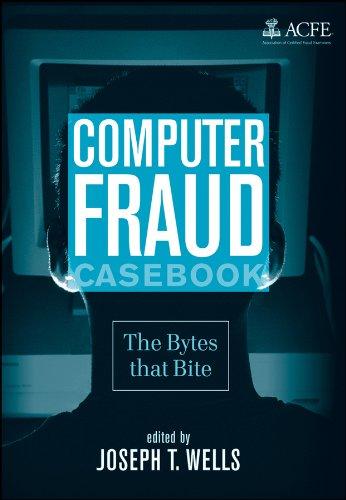Question
Willy Wonka owns and operates a candy factory. In Year Three, many exciting things happened to Willy: In January, Willy sold a parcel of commercial
Willy Wonka owns and operates a candy factory. In Year Three, many exciting things happened to Willy:
In January, Willy sold a parcel of commercial real property used in his business for $350,000 cash to an unrelated party. Willy purchased the land for $300,000 in Year One.
In March, a tornado completely destroyed an apartment building that Willy held for rental purposes. Willy originally paid $530,000 for the building in Year One, but because of straight-line depreciation deductions his adjusted basis in the building at the time of the storm was $500,000. Willy recovered $570,000 from his insurer to compensate for the loss in the buildings value. Willy was not heavily involved in the management of the rental property, so the rental activity did not rise to the level of a trade or business. Willy decided to keep the cash proceeds instead of using them to acquire new rental property.
The same tornado destroyed Willys vacation home. Willy recovered $100,000 from an insurance policy covering the vacation home. The good news is that Willy paid only $80,000 for the property nine months before the storm. The bad news is that the property was worth $110,000 at the time of the storm. Though Willy spent several weekends at the vacation home, it was never his principal residence. 549
In June, Willy discovered that a visitor to his candy factory stole a glass elevator that was used in the factory. The elevator, which had been installed in Year One, was worth $90,000 at the time the theft was discovered, but Willys adjusted basis in the elevator at that time was $120,000. The insurance company paid $90,000 cash to Willy to compensate for the theft.
In September, the county condemned a portion of real property owned by Willy and used in his candy factory business. Willy received $220,000 from the county as compensation for the taking, but Willy had paid $300,000 for the land in Year One.
In November, Willy sold a gobstopper machine that had been used in his business to an unrelated purchaser for $120,000 cash. Willy paid $100,000 for the machine in Year One, and correctly claimed depreciation deductions totaling $35,000 in Years One, Two, and Three.
What are the federal income tax consequences of these gains and losses to Willy in Year Three?
Step by Step Solution
There are 3 Steps involved in it
Step: 1

Get Instant Access to Expert-Tailored Solutions
See step-by-step solutions with expert insights and AI powered tools for academic success
Step: 2

Step: 3

Ace Your Homework with AI
Get the answers you need in no time with our AI-driven, step-by-step assistance
Get Started


